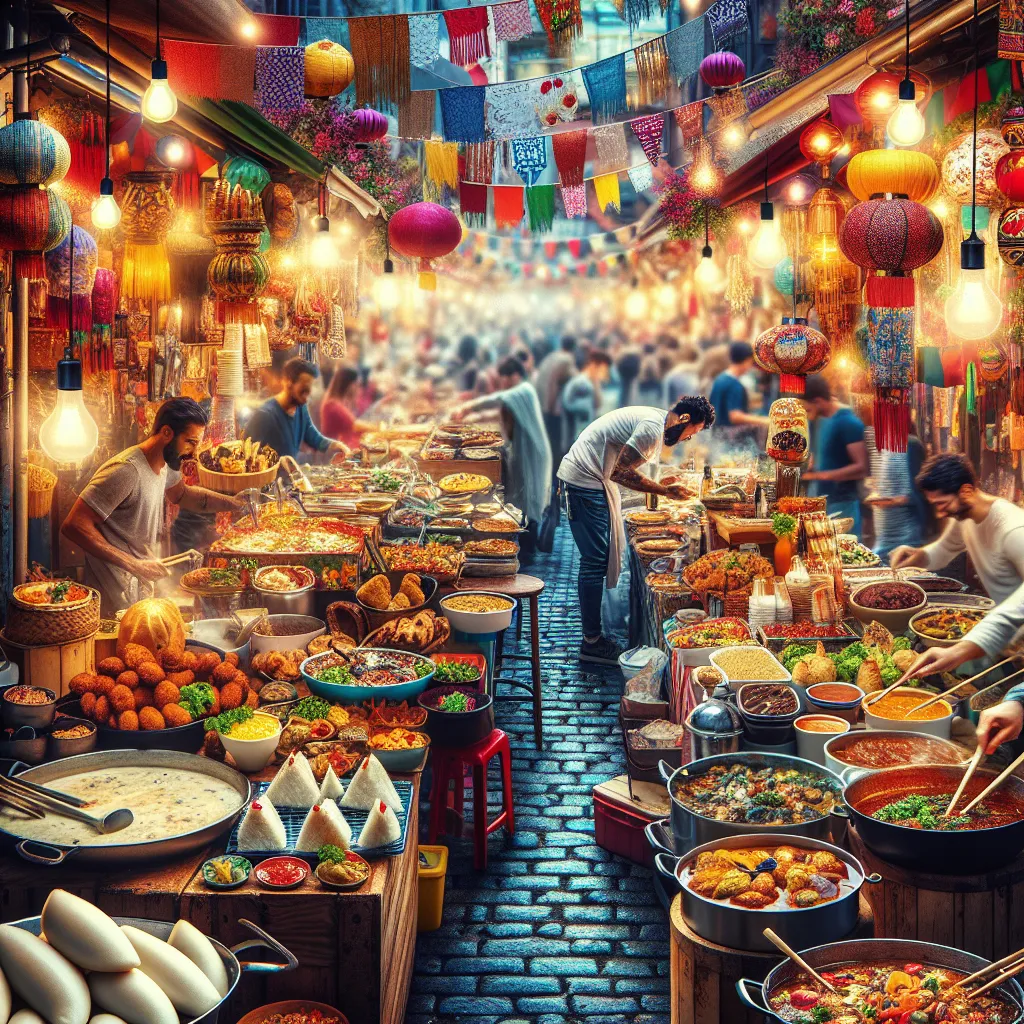Indulging in the Flavors of French Cuisine: A Culinary Journey
Embarking on a culinary journey through the flavors of French cuisine is a delightful exploration of indulgence and sophistication. The essence of French gastronomy lies in its rich history, meticulous techniques, and exquisite ingredients. From the buttery croissants of Paris to the flavorful bouillabaisse of Marseille, every region offers a unique contribution to the tapestry of French culinary diversity.
One cannot overlook the significance of French cheese and wine in defining the country’s culinary identity. The pungent aroma of a perfectly-aged Camembert or the velvety texture of a Bordeaux red wine encapsulates the epitome of indulgence. Each bite and sip evoke a sense of appreciation for the artistry and expertise that goes into creating such iconic delicacies.
Exploring French cuisine is not merely a gustatory experience; it encompasses a cultural immersion. The convivial atmosphere of a traditional French bistro, the lively chatter in a bustling market, and the reverence for mealtime rituals all contribute to the holistic indulgence in the flavors of France. Every dish tells a story, weaving together traditions, terroir, and timeless recipes passed down through generations.
Indulging in the flavors of French cuisine is a sensorial journey that beckons food enthusiasts to savor each moment. Whether it’s the delicate artistry of a patisserie or the robust complexity of a coq au vin, every dish represents a harmonious blend of history, passion, and terroir. French cuisine invites exploration, appreciation, and above all, an unapologetic indulgence in the unparalleled flavors that have captivated the world for centuries.
Uncovering the Rich Tapestry of Spices in Indian Cuisine
Indian cuisine is renowned for its rich and diverse tapestry of spices that are used to create exquisite delicacies. From the pungent aroma of cumin to the fiery kick of chili powder, Indian spices play a pivotal role in defining the unique flavors of the cuisine. The use of spices in Indian cooking can be traced back thousands of years, with each region boasting its own distinct blend of flavors and aromas.
One of the most iconic spices in Indian cuisine is turmeric, known for its vibrant yellow hue and earthy flavor. Turmeric is not only used for its culinary properties but also for its medicinal benefits, making it a staple in Indian households. Additionally, the heady blend of garam masala, a mix of ground spices including cardamom, cinnamon, and cloves, adds depth and complexity to many Indian dishes.
Exploring Indian cuisine unveils a treasure trove of spices, such as mustard seeds, fenugreek, and asafoetida, each contributing their own distinctive notes to the overall flavor profile. The art of balancing these spices is a skill that has been honed over generations, resulting in the creation of dishes that tantalize the taste buds and evoke a sensory journey through the diverse landscapes of India.
As we delve into the rich tapestry of Indian spices, it becomes evident that each spice holds a story of its own, deeply intertwined with the cultural fabric of the country. The meticulous blending and intricate use of spices in Indian cuisine showcase not only the culinary expertise but also the profound heritage and traditions that have been passed down through centuries. Embarking on a culinary exploration of Indian spices is akin to uncovering a living history, where each spice whispers tales of the past while adding layers of complexity to the present.
In conclusion, the intricate web of spices in Indian cuisine is a testament to the country’s cultural heritage, offering a sensory adventure that transcends borders and invites gastronomes to savor the diverse flavors that have captivated the world for centuries.
Savoring the Unique Tastes of Japanese Street Food
Exploring exquisite delicacies from around the world is a delightful journey for food enthusiasts, providing an opportunity to savor the unique tastes of various cultures. When it comes to Japanese street food, the culinary landscape is rich with diverse flavors and textures that captivate the taste buds.
Japan’s bustling streets are adorned with stalls and food carts offering an array of delectable treats. From the savory aroma of yakitori skewers grilling over charcoal to the tantalizing sight of takoyaki being expertly cooked in round molds, Japanese street food is a sensory experience like no other.
One iconic Japanese street food is okonomiyaki, a savory pancake filled with an assortment of ingredients such as cabbage, pork, and seafood, topped with a savory sauce and a sprinkle of bonito flakes. The crisp exterior and soft interior create a delightful contrast, making each bite a symphony of flavors.
Another must-try is the beloved takoyaki, savory wheat flour balls filled with octopus, pickled ginger, and green onions, cooked to perfection in spherical molds and finished with a drizzle of sweet and savory sauces, mayo, and bonito flakes. The combination of textures and flavors in each bite is a testament to the artistry of Japanese street food.
For those seeking a quick and satisfying snack, yakisoba, stir-fried noodles with vegetables and a choice of meat or seafood, is a popular choice. The sizzle of the hot griddle and the enticing aroma of the noodles create an irresistible temptation for food lovers exploring the vibrant street food scene.
Exploring the world of Japanese street food is not just a culinary exploration; it is an immersive cultural experience that allows one to savor the essence of tradition and innovation in every delectable bite.




